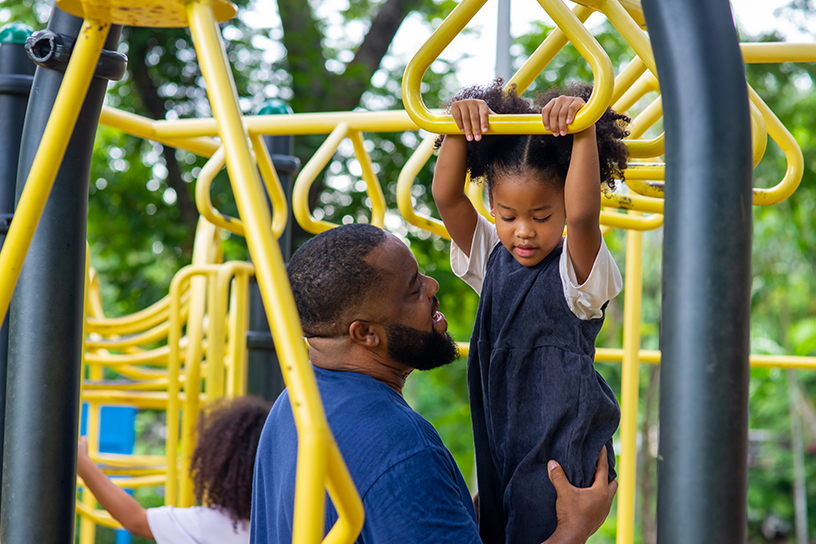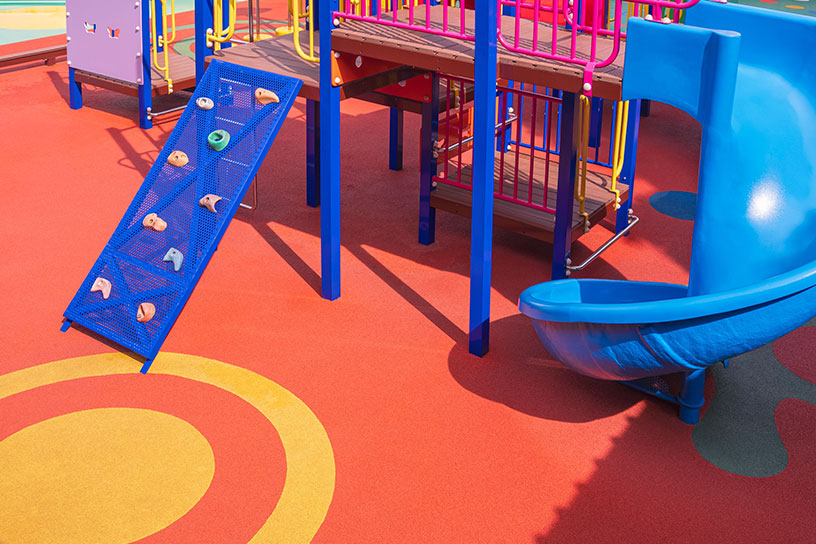Understanding ASTM Playground Standards: A Guide From Playground Guardian
When it comes to playground safety, adhering to established standards is paramount. The American Society for Testing and Materials (ASTM) provides guidelines that are essential for ensuring playgrounds are safe for children. These standards cover various aspects of playground design, installation, and maintenance, and understanding them is crucial for anyone involved in playground management. Playground Guardian is a proud member of ASTM and we prioritize safety and compliance with the ASTM standards to ensure that every playground we oversee is a secure environment for children. Here’s a comprehensive guide to understanding these vital standards.
What are ASTM Playground Standards?
ASTM International is a globally recognized leader in the development of voluntary consensus standards. For playgrounds, ASTM has developed a series of standards that address the safety, quality, and performance of playground equipment and surfacing. These standards are designed to minimize the risk of injury and ensure that playgrounds are safe and accessible to all children.
The most relevant standards for playgrounds include:
- ASTM F1487: This is the Standard Consumer Safety Performance Specification for Playground Equipment for Public Use. It outlines the requirements for the design, manufacture, and installation of playground equipment intended for use by children aged 2-12 years.
- ASTM F1292: This standard addresses the impact attenuation of playground surfacing materials. It ensures that the surfaces under and around playground equipment can absorb impact energy, reducing the likelihood of head injuries from falls.
- ASTM F2049: This standard focuses on fencing and barriers intended to enclose public play areas, ensuring that playgrounds are secure and that children cannot easily leave the area or access unsafe environments.
- ASTM F2373: This standard covers playground equipment for children aged 6-23 months, providing guidelines specific to the developmental needs and safety considerations of infants and toddlers.
Key Components of ASTM Playground Standards:
- Design and Layout: ASTM standards emphasize the importance of age-appropriate design. Equipment should be suitable for the age group it is intended for, ensuring that it aligns with the physical and cognitive abilities of the children using it. The layout of the playground should also prevent overcrowding and reduce the risk of accidents.
- Materials and Durability: The materials used in playground equipment must be durable, non-toxic, and capable of withstanding various weather conditions. ASTM standards require that all materials be tested for safety, including checks for sharp edges, entrapment hazards, and the potential for toxic chemical exposure.
- Impact Attenuation: One of the most critical aspects of playground safety is the surfacing material used under equipment. ASTM F1292 sets the requirements for impact attenuation, ensuring that surfacing materials can absorb impact effectively, reducing the risk of severe injuries from falls. Common materials include engineered wood fiber, rubber mulch, and poured-in-place rubber.
- Maintenance and Inspections: Regular maintenance and inspections are essential to ensure that playgrounds remain safe over time. ASTM standards recommend routine checks for wear and tear, loose components, and any emerging hazards. Maintenance should also include the regular replacement of worn-out materials and the tightening of loose bolts or screws.
- Accessibility: ASTM standards align with the Americans with Disabilities Act (ADA), ensuring that playgrounds are accessible to children with disabilities. This includes providing appropriate surfacing for mobility devices, ramps, and transfer stations, as well as ensuring that playground equipment is designed for inclusive play.The Importance of Compliance
Compliance with ASTM standards is not just a legal requirement; it’s a commitment to safety and quality. Adhering to these standards helps prevent injuries and ensures that playgrounds provide a safe environment where children can play and explore without unnecessary risks. For playground operators and managers, understanding and implementing these standards is a critical responsibility.Failing to comply with ASTM standards can have serious consequences, including increased liability in the event of an injury. Moreover, non-compliance can lead to legal penalties, fines, and the closure of playgrounds. Therefore, playground operators need to stay informed about the latest ASTM standards and ensure that their playgrounds meet or exceed these guidelines.
How Playground Guardian Can Help
At Playground Guardian, we are experts in playground safety and compliance. We work closely with our clients to ensure that every playground meets ASTM standards. Our team provides comprehensive inspection services, maintenance plans, and guidance on the best practices for playground safety. We also offer training and resources to help you understand and implement ASTM standards effectively.
Conclusion
Understanding and adhering to ASTM playground standards is essential for creating and maintaining safe play environments. These standards cover every aspect of playground safety, from design and materials to maintenance and accessibility. By following these guidelines, you can ensure that your playground is a safe, enjoyable place for children to play. Playground Guardian is here to support you in this mission, providing the expertise and services needed to keep your playgrounds compliant and secure.





